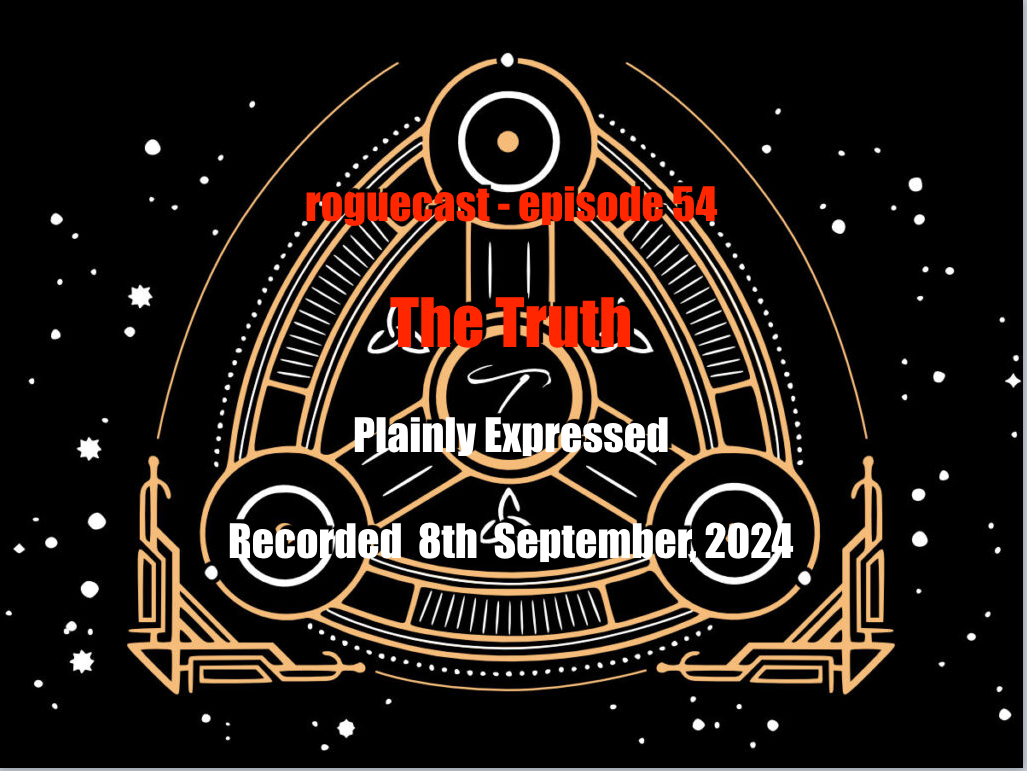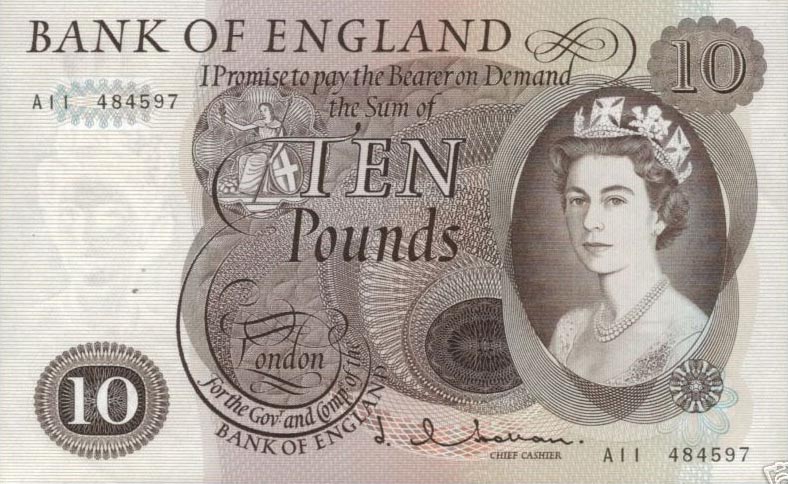Plainly expressed, the Truth is simple, which is in marked contrast to the falsehoods that are so manifestly pumped out right now, largely by the state-institutions of propaganda but also by individuals who put their rhetoric before the grammar (the data) and logic (reason). However, the Truth is always a beautiful thing for when...
Episode 53: Credit Where Credit is Due
Credit creation and the Deception of Banking. In this ramble through the woods adjacent to Beauvale Priory, in Nottinghamshire, I examine the issue of banking and fake debt, with particular reference to the swindle inherent in every mortgage. The entire edifice of what we call money is, 100% credit based, as detailed in my...
A Promise to Pay
The inherent honour of making a promise is that the individual should fulfill it. By tendering a valid form of payment in the shape of a Promissory note made payable on demand to the bearer, the individual is fulfilling his promise, under the Bills of Exchange Act, 1882: this act is the cornerstone of...



